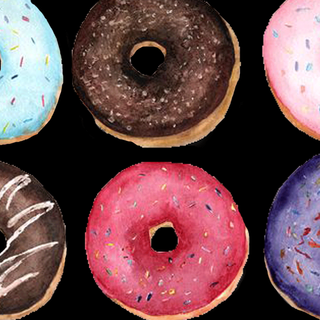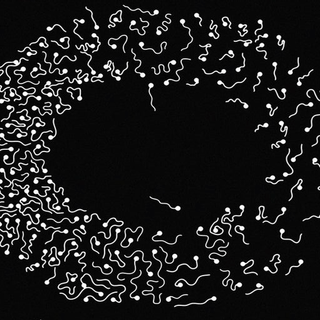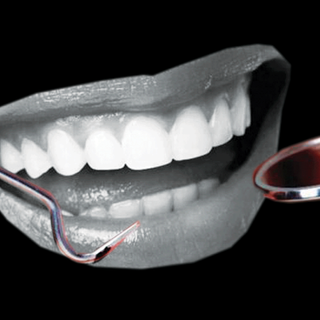Whether a person is attracted to the same or opposite sex can change over time, especially from late adolescence to the early 20s, and from the early 20s to the late 20s, claims new research, indicating that sexual orientation development continues long past adolescence, into adulthood.
Published in the Journal of Sex Research, the study analyzed surveys from approximately 12,000 students between ages 16 and 18, into their late 20s and early 30s. At regular intervals, these students were questioned about what gender/s they were attracted to, the gender of their partners, and whether they identified as ‘straight’, ‘gay’ or ‘bisexual’.
Since the researchers identified that the traditional labels of ‘gay’, ‘bisexual’, and ‘straight’ were not enough to capture the full range of human sexuality, they classified young men as being mostly straight or bi, emerging gay and those with minimal sexual expression.
Young women were put into categories such as ‘straight’, ‘mostly straight’ ‘discontinuous’, ’emerging bi’, ’emerging lesbian’ and again, those with ‘minimal sexual expression.’
Related on The Swaddle:
Study: Kids of Same‑Sex Couples Are Just as Well‑Adjusted as Kids of Hetero Couples
It was found that among both young men and women, straight people made up the largest group and showed the least change in sexual preferences over time. Interestingly, men were more likely than women to be straight — almost nine out of 10 men, compared to less than three-quarters of women.
Men and women in the middle of the sexuality spectrum, as well as those in the ’emerging gay’ and lesbian groups, showed the most changes over time. For example, 67% of women in the ‘mostly straight discontinuous’ group were attracted to both sexes in their early 20s. However, this number dropped to almost zero by their late 20s, by which time the women reported only being attracted to the opposite sex.
Overall, women showed greater fluidity in sexual attraction over time. They were more likely (one in six) to be located in the middle of the sexuality continuum and to be bisexual.
Less than one in 25 men fell in the middle of the spectrum; they were more likely to be at either end of the spectrum, as either ‘straight’ or ’emerging gay’. Relatively, few women were classified as ’emerging lesbian’.
Related on The Swaddle:
Explaining Homosexuality to Children? Get Help from Fairy Tales
“Sexual orientation involves many aspects of life, such as who we feel attracted to, who we have sex with, and how we self-identify,” explained Christine Kaestle, one of the researchers in a statement. She added, “Until recently, researchers have tended to focus on just one of these aspects, or dimensions, to measure and categorize people. However, that may oversimplify the situation. For example, someone may self-identify as heterosexual while also reporting relationships with same-sex partners.”
Kaestle hopes that these findings will help researchers in the future to better understand how a range of sexual orientation experiences and patterns over time can shape sexual minorities’ experience of distinct health disadvantages and the effects of discrimination.




